
Sem 01 | Drawing Form
Apurva Talpade
A study of form told through four lists:
A chakli maker, a fidget spinner, boxes with strange hinges, mechanical mitts, an orange juicer, a spring closed glass jar, a dough mixer, a pen knife, a handheld drill, a garlic crusher, a bottle opener, a spinning mop, a bibcock and tap, a vegetable mincer, a pepper mill, an egg beater, a nail cutter, a sugarcane press, a punch stamp, an ice cream scoop a coconut scraper, a folding table, a spraying nozzle, an eyelash curler, a pencil sharpener, a mechanical pen, a cycle bell, ….
What are the ways in which one can know form? How can form be held in the act of drawing? What are the first coordinates that ought to be considered while setting out to contain the form in the drawing? How is it drawn through a sense of experience? What are the geometries that constitute it? How is it drawn as an aggregate of platonic forms? What allows for movement in a form? What forces act upon it when in use? While at rest? What is its relationship to the body? What objects allow this survey? Where do they lie in the map of our everyday lives? How does the drawing allow us to decipher various facets of what is meant by form? ….
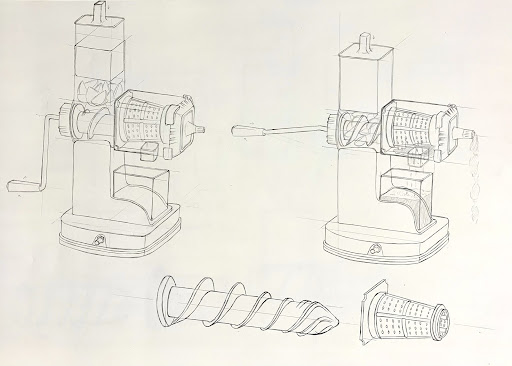
Aditya Bhoite

 Astha Desai
Astha Desai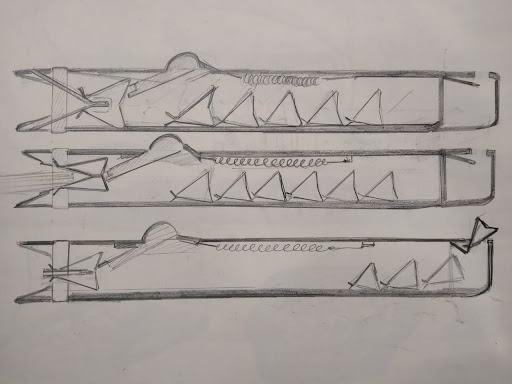 Kankana Chaudhary
Kankana Chaudhary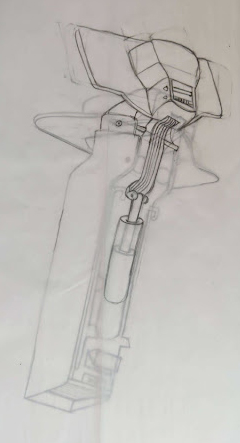

Mayuri Naik

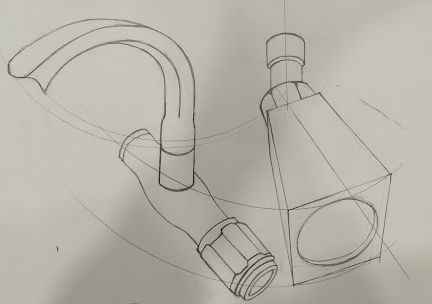
Kavya Gada
![]() Rishabh Debnath
Rishabh Debnath
 Rishabh Debnath
Rishabh DebnathA serrated proboscis, segmented thoraxes and abdomens, jointed grasshopper legs that become kicking devices, an unsteady spider, mosquitos suspended in various planes, a writhing leech, a centipede crawling, various retracting insect tongues, pincers of assorted beetles, a single articulated horn, a cockroach in various stages of flight, a housefly, a ladybird as a carefully unfolding sculpture, a hovering dragonfly, the shell of a rhinoceros beetle, a lizard’s skin in multiple kinds of folds, its bristly paw, a plush tardigrade, ….
How does one use a formal and structural analysis in drawing to interpret the anatomies of insects? How does the specific arrangement of form allow for a particular gesture or manoeuvre? What does an exploration of a surface yield? How are they described as a configuration of components? How has the organic nature of their form resolved itself in terms of mechanics? What patterns do they offer for further investigation? How may these be harnessed to experiment with form making that ranges from the dynamic, to the static and sculptural? ….
 Unnati Gandhi, etc
Unnati Gandhi, etc Parth Agrawal
Parth Agrawal Shreeraj Narwade, Shaurya Pawar, Nikhil Kukreja
Shreeraj Narwade, Shaurya Pawar, Nikhil Kukreja

Devvrath Singh Chauhan
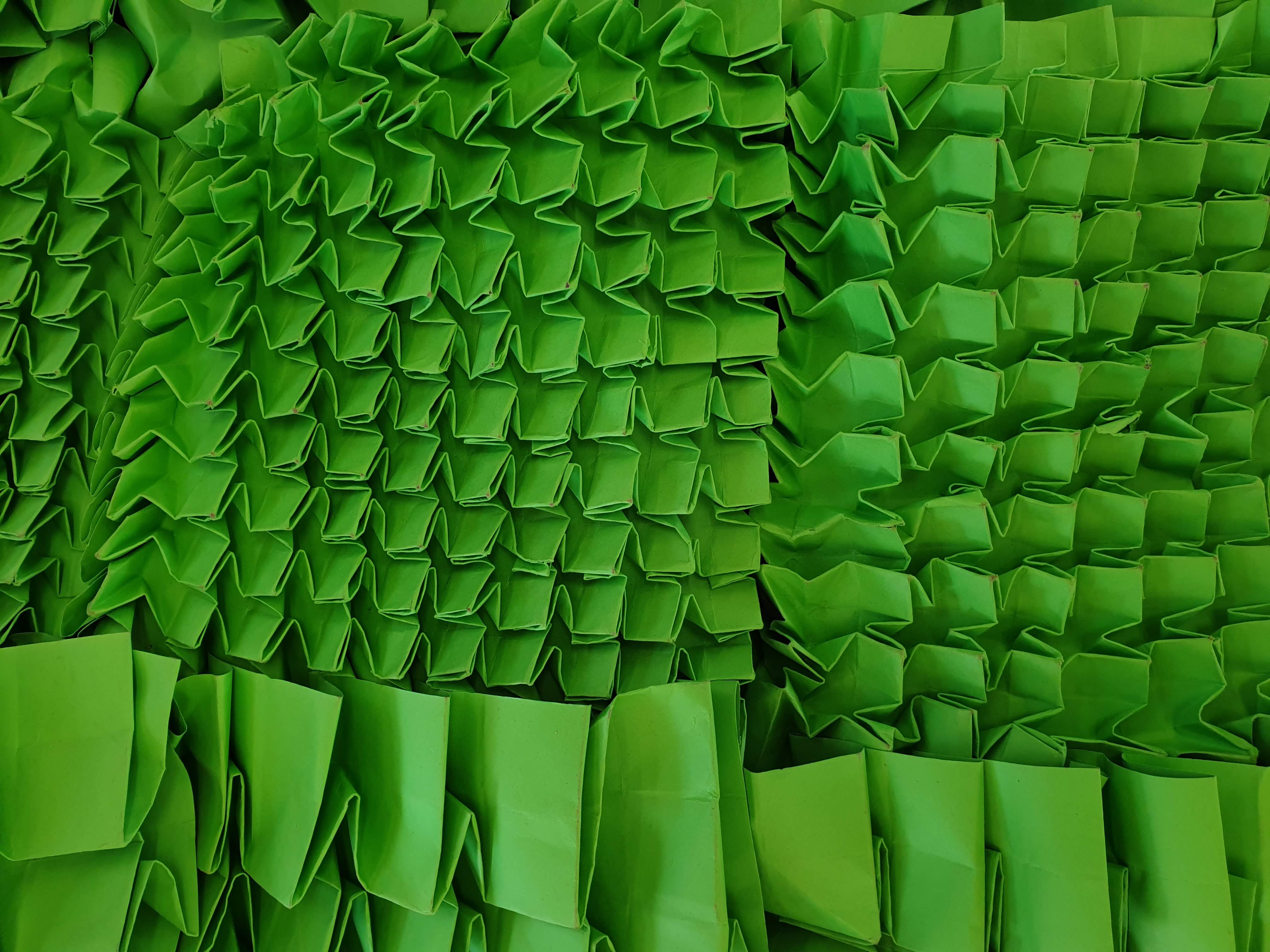 Parth Kocharekar
Parth Kocharekar
Varun Shetty

Anushka Thorat

Kavya Gada

Aditya Bhoite
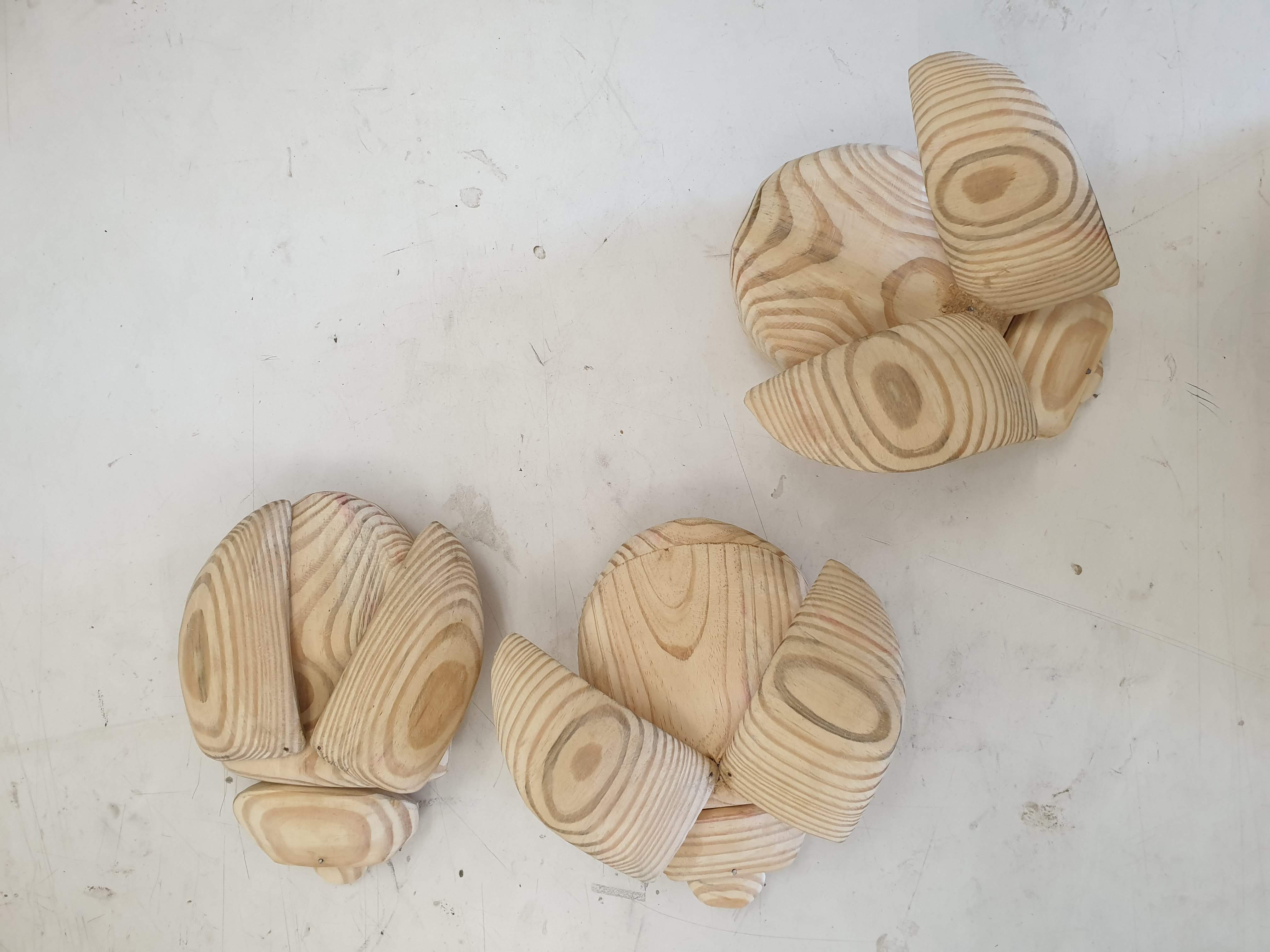
Kaumudi More
![]() Astha Desai
Astha Desai
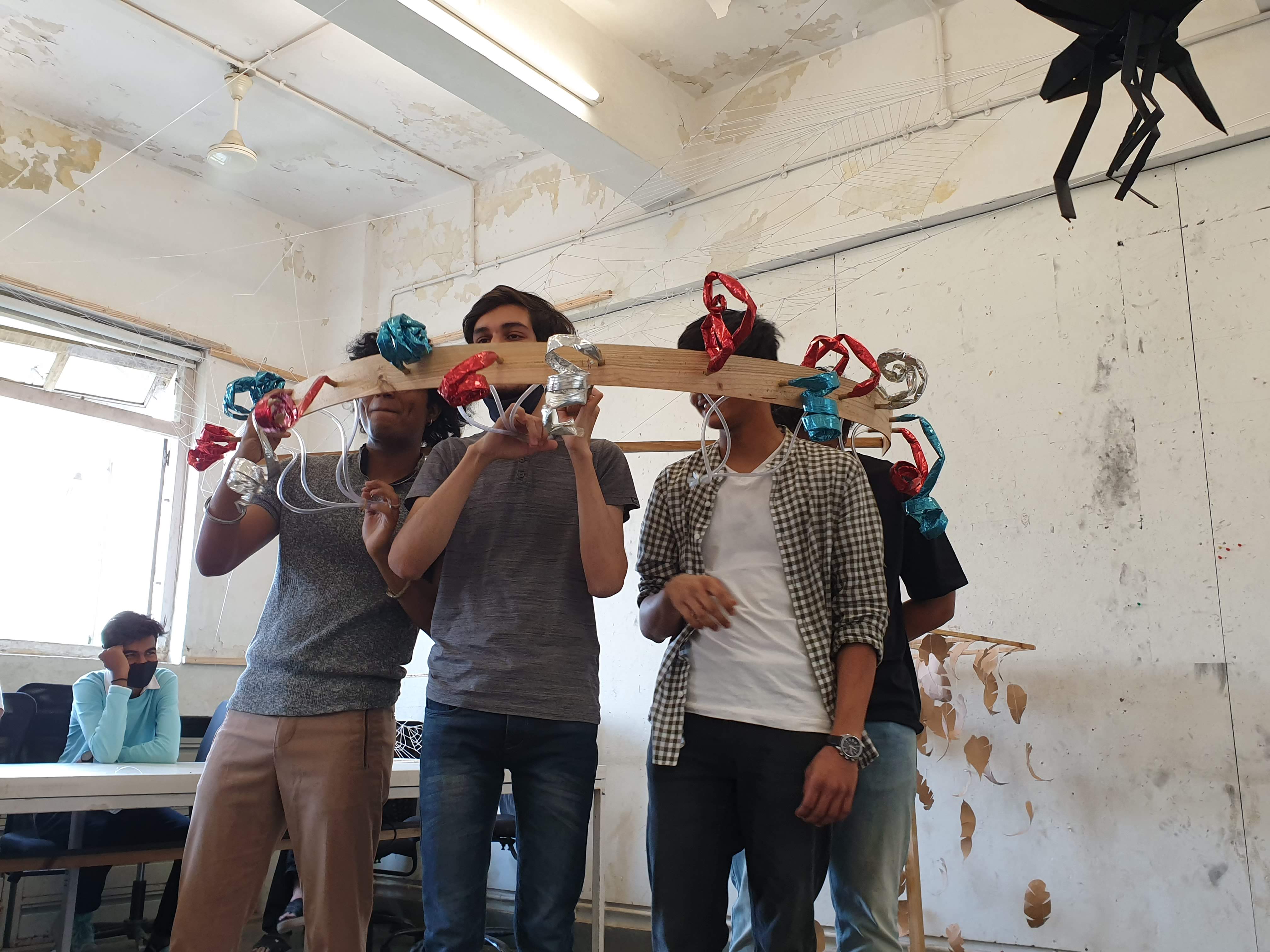 Astha Desai
Astha Desai